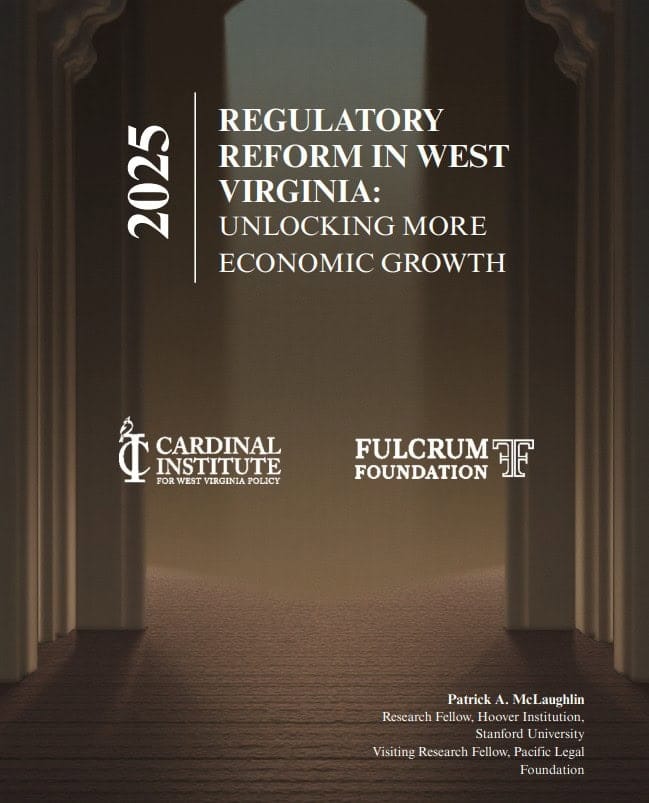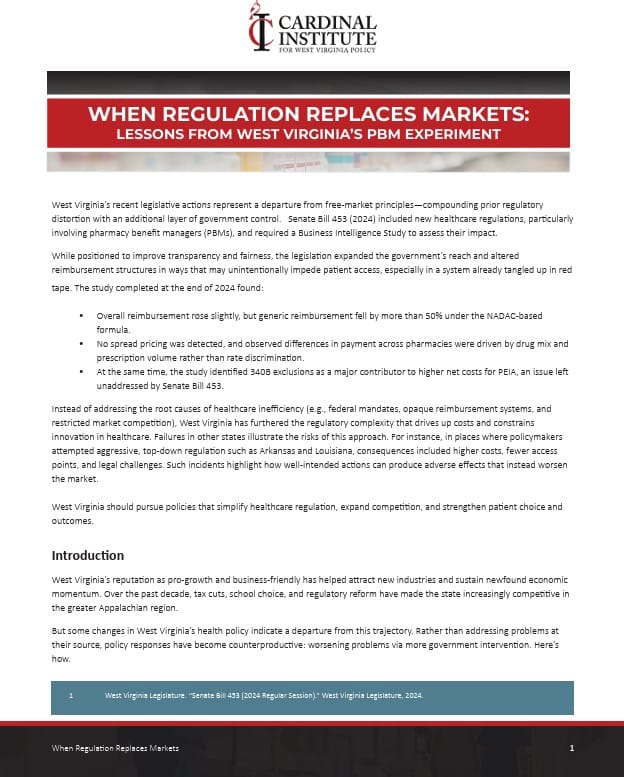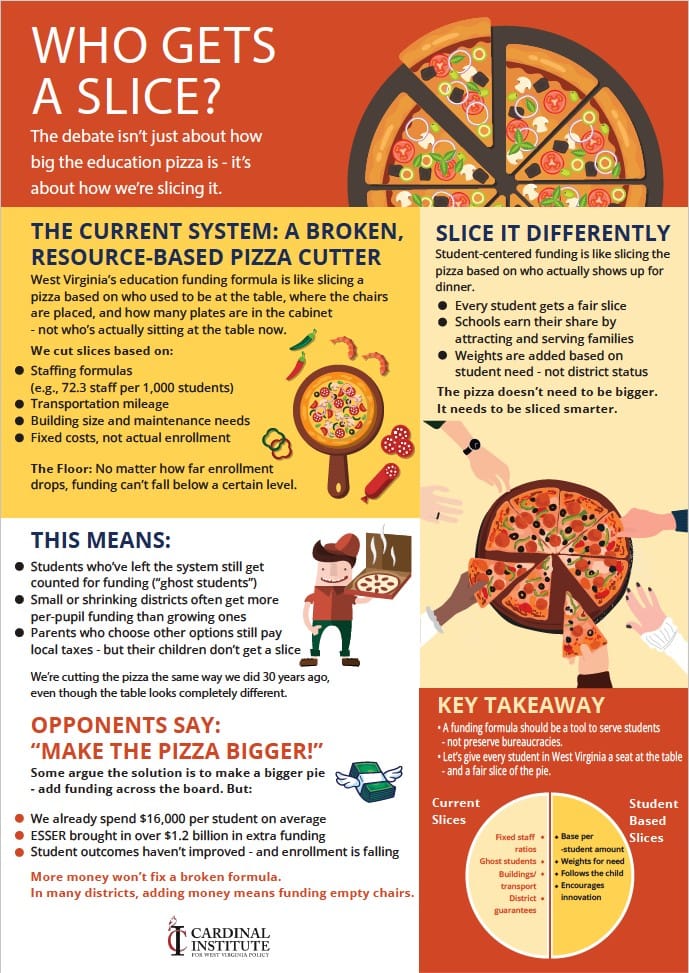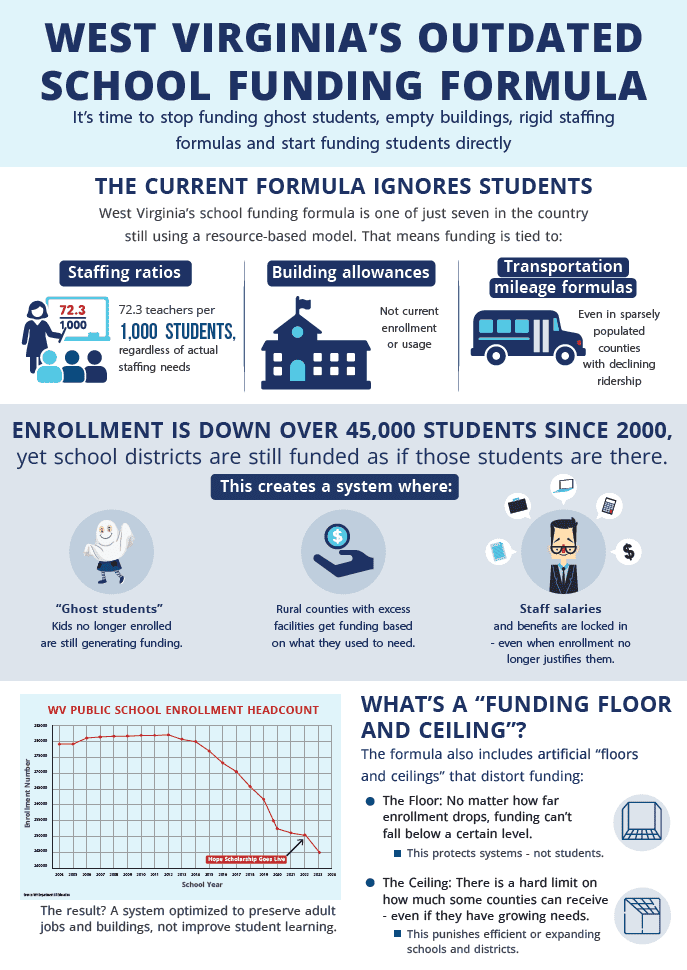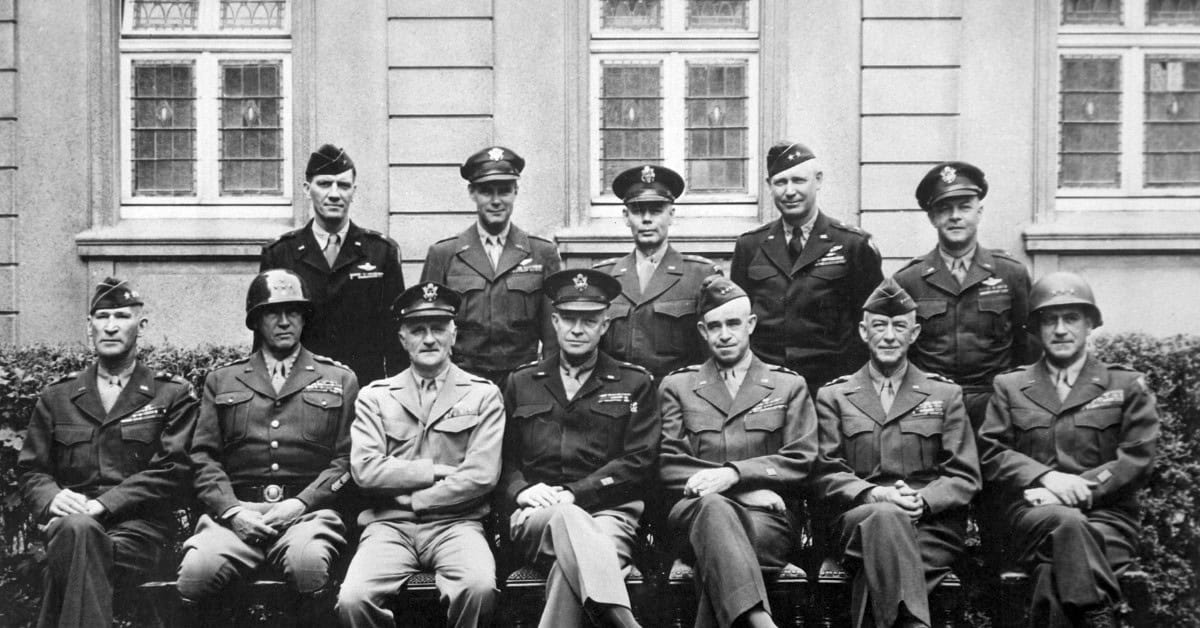
Pressure Principle and Leadership
What is Pressure?
Pressure is a fascinating concept, whether it is in the physical sciences, deep sea dives, leadership, decision making, or any number of other applications.
What exactly is pressure? How should leaders use it?
According to Brittanica, the definition of pressure in the physical sciences is, “the perpendicular force per unit area, or the stress at a point within a confined fluid.” If you are mathematically inclined, pressure is equal to force divided by area, (P = F/A). It’s not simply total weight. To illustrate a bit further, if a 1,000-pound boulder were placed directly on your chest, you would die rather quickly, but if that same 1,000-pound boulder were broken down into 100 10-pound rocks and placed around your body, you would be completely fine, if a bit uncomfortable, even though the total weight remained the same.
Now, it’s understandable if you thought “there would be no science” or formulas today, so let’s move on to the cliché-laden field of pressure and its application to leadership. After all, pressure turns coal into diamonds.
How does Pressure Apply to Leadership?
Leaders most often think of pressure in terms of how well one makes decisions in a state of distress, discomfort, and/or in a low-information environment. Think of Tom Brady leading a team down the field in the fourth quarter of a Super Bowl, an emergency room doctor diagnosing rapid-onset disease, or Dwight Eisenhower leading the Allied Forces through World War II – all pressure-laden environments with tons of known unknowns and “unknown” unknowns and decisions made on the fly.
However, I do not want to discuss leadership and decision-making under stress in this context – there are countless books, articles, and essays on how one can become a better decision-maker in difficult times and, frankly, I have little to contribute on that front.
Leaders Carry Weight
Rather, I want to discuss how and when leaders choose to use pressure to get the best outcomes in a given situation, or, at least, make leaders conscious of a very important fact: leaders are pressure. Now, this reality can materialize in myriad ways, some healthy, and some unhealthy. But it is undeniable that pressure is endogenous to leadership. It may manifest as inspiration, bullying, or something more subtle, but it is always present.
Leaders must recognize they are, inherently, a source of pressure for colleagues, peers, direct reports, and even in some situations, their own supervisors, donors, and external stakeholders. Once this is understood, then one can begin to hone the ability to use that influence strategically to direct outcomes toward a desired state. Pressure can take good employees and make them great employees. It can make a seemingly insurmountable problem into a reasonable goal. This weight when exercised can take average, run of the mill organizations and make them gold standard, pace-setting institutions … if leaders learn how to use pressure wisely.
To effectively use this influence, it is important to understand those around you. Even more importantly, you must understand yourself and how people perceive you. (I am speaking specifically to peers or direct reports here, as “pressuring up” is a bit different and requires a more nuanced approach.)
Self-Reflection and Using Your Influence as a Leader
First, it is important to understand who in your ecosystem thrives under pressure. Who can maintain a healthy, positive attitude when faced with a high-pressure ask? Conversely, you must know who is likely to fold, experience unhealthy anxiety, or simply shut down. We can think of this in Nassim Taleb’s construct of fragile vs. antifragile or even “robust.” How? Ask them; observe them; test them.
Effective use of pressure also requires intense self-reflection and self-knowledge. It requires active participation in many mundane interactions due to the many ways leader-induced pressure manifests: duration of eye contact in a one-on-one; tone of voice; length of emails; use of casual, friendly language; cadence of interactions over a given period of time; “backing off;” doubling down; etc. Pressure is dynamic, and this is, perhaps, its most valuable attribute in the leadership context. Knowing when to increase or lighten the pressure on those around you is an invaluable skill. And it can be improved over time and with experience.
The Pressure Principle
So, what, exactly, is my “pressure principle?” Simply this: know that pressure exists. Recognize leadership is pressure. Consciously choose to use it. Think of ways to hone your leadership instincts. It is a finer line than what one might imagine between inspiration and bullying, micro-management and guidance, laissez-faire and neglect. It will only be through the intentional exercising of the pressure muscle that you will become a better leader.
Take a few minutes and think about what those exercises might be for you. They are different for everyone. Ask your team how they like to be “led.” Ask your mentors how they have used pressure. Many won’t know off the bat, but upon reflection, they’ll have some examples. Ask those around you whom you respect for their insights or accomplishments.
Pressure is leadership; leadership is a privilege. Use them wisely.




